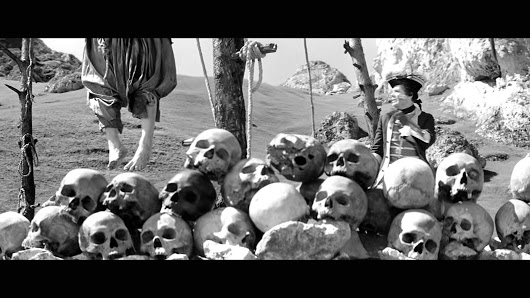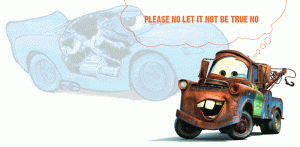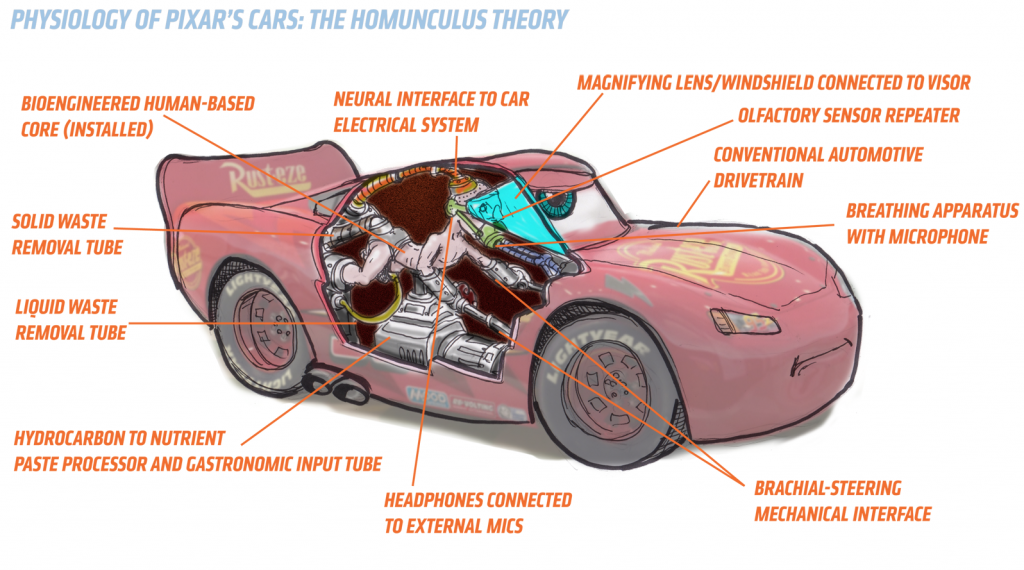Towards a More Manageable Dystopia
 saragossa skulls
saragossa skulls
“I saw the best minds of my generation destroyed by madness.”
… Allen Ginsberg, ‘Howl’
Graham is struck by …
.. an odd phenomenon. That is, the urge to create fictional dystopias in the face of a real one. Other dystopian eras gave rise to distinctively original work. Film makers in Soviet-era Eastern Europe, for example, created fantasy masterpieces such as “The Saragossa Manuscript” –  Cinema poster for “Valerie And Her Week Of Wonders” – Jaromil Jires, Czechoslovakia, 1970. and ‘Valerie and Her Week of Wonders.’ Not forgetting either that Ginsberg’s ‘Howl’, quoted above, was written against the background of the conformist, “Father Knows Best” socio culture of 1950s USA, a dystopia all its own. But this is not about that response to the un-respondable. This is about the modern-day version, where one response to
dystopia is to hypothesize a dysphoria in the creative fantasies of others – rather than defining and exploring one’s own. Some go so far as apply their intellectual and creative heft to the deconstruction and analysis of – children’s cartoons?. From the individual musings – Aladdin is not set in the past, but a devastated post-industrial future; Cars portrays a macabre human-hybrid society – to the Grand Theory – all Pixar movies are set in the same universe, at different points in its timeline – it is clear that a lot of time and energy has been exerted on this stuff. Which raises the comment – Really? Is that all you got? That’s not to say there’s not a certain twisted fun to be had. Take the Cars theory, for example, if
you’re ready for it…
Cinema poster for “Valerie And Her Week Of Wonders” – Jaromil Jires, Czechoslovakia, 1970. and ‘Valerie and Her Week of Wonders.’ Not forgetting either that Ginsberg’s ‘Howl’, quoted above, was written against the background of the conformist, “Father Knows Best” socio culture of 1950s USA, a dystopia all its own. But this is not about that response to the un-respondable. This is about the modern-day version, where one response to
dystopia is to hypothesize a dysphoria in the creative fantasies of others – rather than defining and exploring one’s own. Some go so far as apply their intellectual and creative heft to the deconstruction and analysis of – children’s cartoons?. From the individual musings – Aladdin is not set in the past, but a devastated post-industrial future; Cars portrays a macabre human-hybrid society – to the Grand Theory – all Pixar movies are set in the same universe, at different points in its timeline – it is clear that a lot of time and energy has been exerted on this stuff. Which raises the comment – Really? Is that all you got? That’s not to say there’s not a certain twisted fun to be had. Take the Cars theory, for example, if
you’re ready for it…  It suggests that a series of movies shown to impressionable youngsters actually portray desperate, distorted human beings, adapted from birth to live
It suggests that a series of movies shown to impressionable youngsters actually portray desperate, distorted human beings, adapted from birth to live  permanently in those anthropomorphized steel cases… Yes, that really is an all-purpose, er, exhaust pipe.
permanently in those anthropomorphized steel cases… Yes, that really is an all-purpose, er, exhaust pipe.
Then there’s Aladdin.
Carpet isn’t just a ‘magical carpet’, he’s a remnant of hover-technology that has been hidden in the Cave of Wonders, presumably to keep it safe from the coming nuclear war that turned the world in to a big empty desert. Agrabah isn’t even a real place in the history of the Middle East. Instead it’s assumed this is some form of future corruption of the names Egypt, Arabia and Afghanistan, used as a generalisation since specific nation states are largely irrelevant in the post-apocalyptic wastes.
Advocates of the theory have also looked beyond the motion-picture to the Aladdin videogame for more evidence. Finding bones of the nuclear war’s dead, buried 20th Century road signs and even unexploded nuclear devices to support the futurist theory.
Interesting enough stuff, maybe, though roundly dismissed by the animators themselves. But a truly creative response to dystopia? Hardly. In comparison to the ground-breaking work that came out of Eastern Europe, it brings to mind more the famous statement from Harry Lime, in Orson Welles “The Third Man”–
In Italy, for thirty years under the Borgias, they had warfare, terror, murder and bloodshed, but they produced Michelangelo, Leonardo da Vinci and the Renaissance. In Switzerland, they had brotherly love, they had five hundred years of democracy and peace – and what did that produce? The cuckoo clock.
We have our own dystopia, but some of our creatives are still making cuckoo clocks.
John thought hard …
… very hard … maybe he’s tired. Bottom line - he has nothing to add.